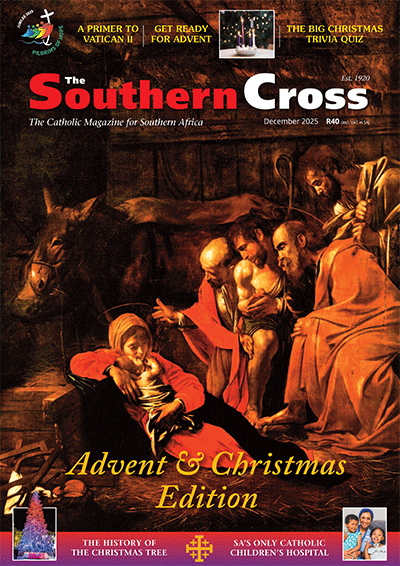The soundtrack of silence
In 1984 a German filmmaker asked the Carthusian grand prior whether he might film the contemplative monks of the order�s ascetic motherhouse in the French Alps going about their daily business. �We�ll be in touch,� said the prior.
The filmmaker, Philip Gr�ning, received a positive reply � 16 years later. The conditions were restrictive: no crew, no artificial lighting, no interviews (though there is one, right at the end), no commentary, no backing soundtrack.
Gr�ning lived in the monastery of Grande Chartreuse for six months, filming the monks at prayer, at work, at devotion, at study and, very rarely, at play. The monks are allowed to talk only once a week, and on certain feast days.
The result, a film titled Into Great Silence is, engrossing. The critically acclaimed documentary has won several reputable film prizes and did brisk box office business in Germany and elsewhere upon its release in 2005.
The sparse lifestyle Gr�ning captures has not changed much over the centuries. In this movie�s 164 minutes, the hints that this is the 21st century are few: a couple of shots of aeroplanes flying high above, a monk�s hearing aid, a plastic waterbottle, the use of electronic clippers by the monastery�s barber, an airline ticket to South Korea, and, almost startlingly, Brother Accountant using a laptop.
No human voice is heard until 20 minutes into the film; the first spontaneously spoken words not until halfway through. Yet this is not a silent movie; indeed, the soundtrack of silence is quite noisy at times: the rhythmic sound of scissors cutting crisply through cloth, the beat of pealing bells, the creaking of heavy-footed steps, faint birdsong as an old monk silently prays the rosary, the ticking of a clock, the cacophonous chorus of coughs as the monk prepares for communal devotion � even the sound of a snowflake as it lands.
As the monks perform their daily routine, we fall into their rhythm. The absence of narration itself produces mild dramatic tension. Even the mundane requires a narrative and conclusion. Who is the man fitting on the robes made by the tailor? Why is the frail cook digging a rectangular hole through the snow? We become familiar with the monks, even though we don�t hear their thoughts. No names are revealed, other than those of novices Etienne and Benjamin, and even these we learn only by chance.
Periodically, the camera lingers in a close-up shot of monks. Like the portraits of the old masters or good photography, Into Great Silence is a character study, of people and their environment. But like the face staring at us from an old painting by Rembrandt, the monks are impenetrable.
The individuals are not the point anyhow. Indeed, the monks � some young, some old � have consciously relinquished their individuality to God. Pope Benedict XVI has analogised hearing and following God�s call with �falling in love�. The movie, in a recurring subtitle, alludes to the monastic vocation as God�s seduction. But where romantic love is hostage to fickle whim, these monks are liberated from fear � of loss, of unattained ambition, of disappointment and of broken dreams. Into Great Silence does not concern itself with that, but allows the viewer to meditate on such matters. This is not a study of what makes these monks tick; it is an observation of the rhythm of a very special lifestyle.
By force of its subject matter, religion is at the centre of this film, but rather as its incidental framework�what Alfred Hitchcock used to call the �McGuffin�. It makes no judgment on faith (though the artless theology expressed in the final interview with an old monk betrays a downside to living in such isolation).
The film�s quiet assertion applies universally: it makes a case for a rebellion against the dictate of time in our stressed times by showing us that it is possible. After all, it took the Carthusians a decade and a half to respond to Gr�ning�s request � but the film eventually did get made.
- When All Was Quiet on the Western Front - December 24, 2025
- The Story of O Little Town of Bethlehem - December 24, 2025
- Shrines Around the World: Our Lady of Guadalupe - December 12, 2025





